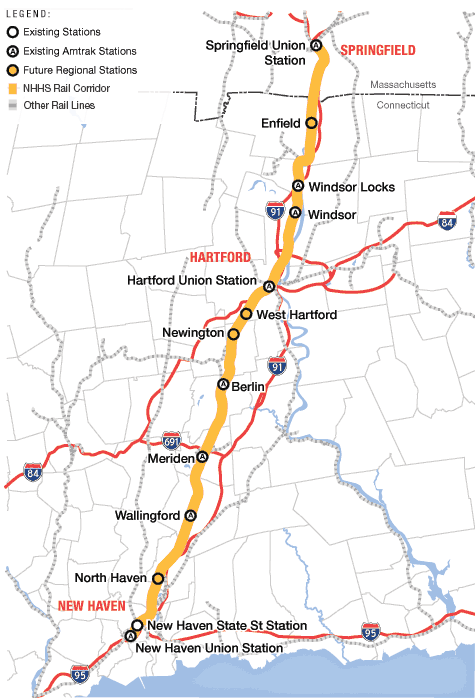– By Margaret Miner, CTLCV Director and Executive Director of Rivers Alliance
The news on Earth Day could be better. Here’s a rundown of recent developments on some of the bills we’ve been watching.
Buffer Bill Buried: On Thursday, April 21, at 10 a.m., the clock ran out
on Bill 832. Despite generous help from so many of you, advocates did not
have the votes to guarantee passage in the Planning and Development
Committee. P&D Chairman Steve Cassano had told Connecticut Fund for the
Environment and Rivers Alliance that the 10 a.m. deadline was the latest he
could wait to schedule one final meeting to vote on the bill.
The bill would have taken a modest step forward in protecting vegetation
alongside streams and rivers. Such buffers capture and clean water,
thereby reducing flooding, improving water quality, and providing a base
flow in dry seasons (as water seeps from the aquifer to the river bed to the
surface). The bill is zealously opposed by the Home Builders Association,
which seeks to maximize area for building, paving, and lawn creation. The
bill, which has been raised in various forms by the Environment Committee
each year since 2007, never gets past the Planning & Development Committee.
This year, the bill started in better shape and actually faced less
opposition than in the past. Legislators are starting to see that flooding
is getting worse, and buffers provide low-cost protection. We will continue
to press that argument, which is based in science and economics. With help
from people all around the state, we will prevail, possibly later this
session but (alas) more likely next year.
Council on Environmental Quality: CEQ has issued its annual report on the
state of the state's environment. It is posted on the CEQ website.
http://www.ct.gov/ceq The news is mixed. We are slowing the rate of
wetlands loss, but contamination from storm water and sewage is getting
worse in some respects. Meanwhile, Gov. Malloy still seems set on
deep-sixing CEQ somewhere dark in DEEP. If anyone here knows the gov,
please give him a call about this.
DEP Has Issued the 2011 Water Quality Report for Congress. This report is
required by the Clean Water Act, Sections 305(b) and 303(d), the latter
listing impaired waters. The link is long, but Google or otherwise search:
CT DEP Water Quality 2011. You will get right there. If you want to check
the status of a river you know, one easy way is to put the river name in the
Find box. Keep going. The report delivers the information in different
sections. Also, an informational meeting has been scheduled for May 5, 2010
at 1:30 pm in the Phoenix Auditorium at CT DEP Offices in Hartford. It is
very important to give to DEP any corrections or requests relating to the
report. Call Rivers Alliance if you have questions. 860-361-9349.
Bad Bill of the Week Award goes to 6400, AAC Licensure of Storm water
Professionals. This is another "streamlining" proposal from the Commerce
Committee, which is heavily into aerodynamics. The following section of the
bill streamlines the elimination of wildlife:
Sec. 2. (NEW) (Effective from passage) The Commissioner of Environmental
Protection may review any impact to species listed under chapter 495 of the
general statutes, or such species' habitat, for any storm water permit
application made under section 22a-430 or 22a-430b of the general statutes
or any certification provided by the commissioner under Section 401 of the
federal Clean Water Act by a private applicant or for a private activity,
only if such private applicant's proposed activity is receiving state funds
in excess of one million dollars.
Streamflow Negotiations Moving Forward: The DEP has been working hard to
keep parties at the table to come up with a mutually acceptable regulation
for protection of water flows in rivers and streams. Agreement, if reached,
will address flow impairment by dams. Flow impairment by pumping most
likely will not be addressed this legislative session; this was at the
insistence of the Regulations Review Committee. Many of you helped to
sidetrack Bill 1020 from the Commerce Committee, which would have derailed
negotiations. (Note the consistent metaphor!). We need to keep an eye on
1020, but, if it goes anywhere, it should go to the Environment Committee,
where we trust it will NOT survive.
Recreational Liability Bill (6557) In Great Shape. Just about everyone in
Connecticut has been advocating to extend to municipalities and regional
water utilities the same protection from law suits afforded the state and
private landowners when they allow the public to use open space without a
charge. This bill does not give absolute immunity from liability litigation,
but it should make it possible for the lands in question to stay open to the
public. Rep. David Baram championed Bill 6557 through the Judiciary
Committee. It is in the home stretch.


 said if we can show them we have enough votes, they will call another meeting to vote on the bill. This must happen TODAY, Wednesday April 20, because Thursday is the deadline for a vote, or the bill dies.
said if we can show them we have enough votes, they will call another meeting to vote on the bill. This must happen TODAY, Wednesday April 20, because Thursday is the deadline for a vote, or the bill dies. 

